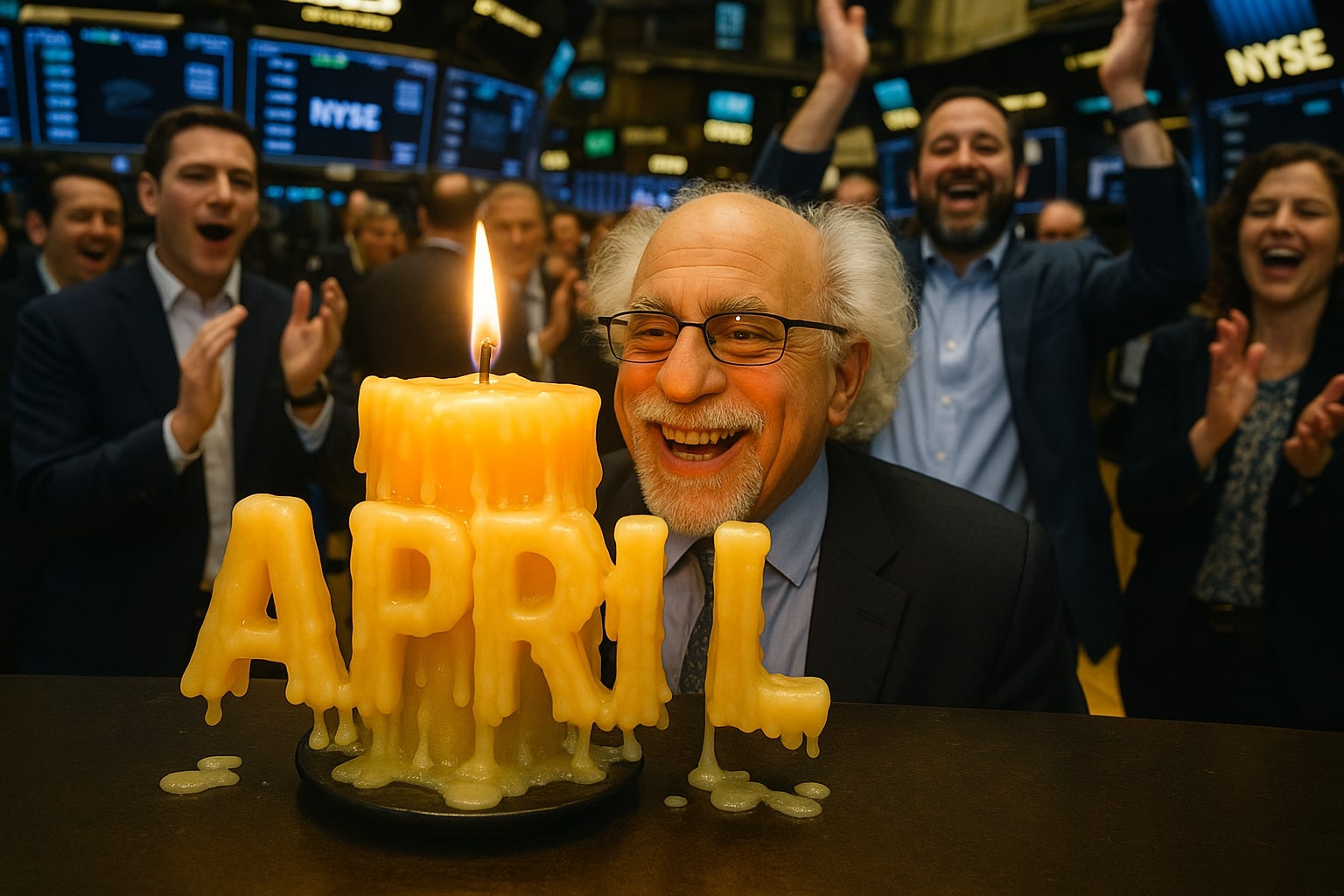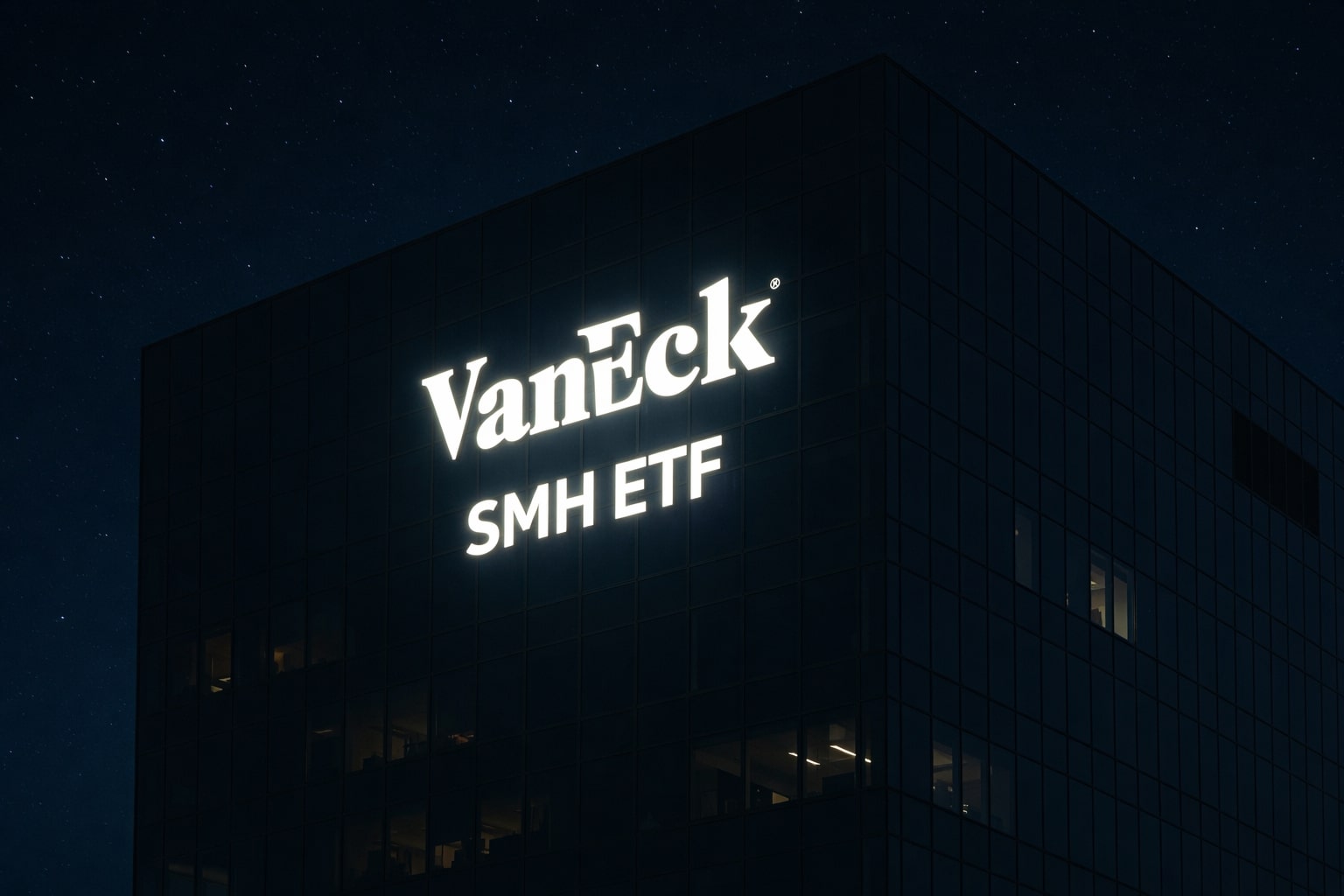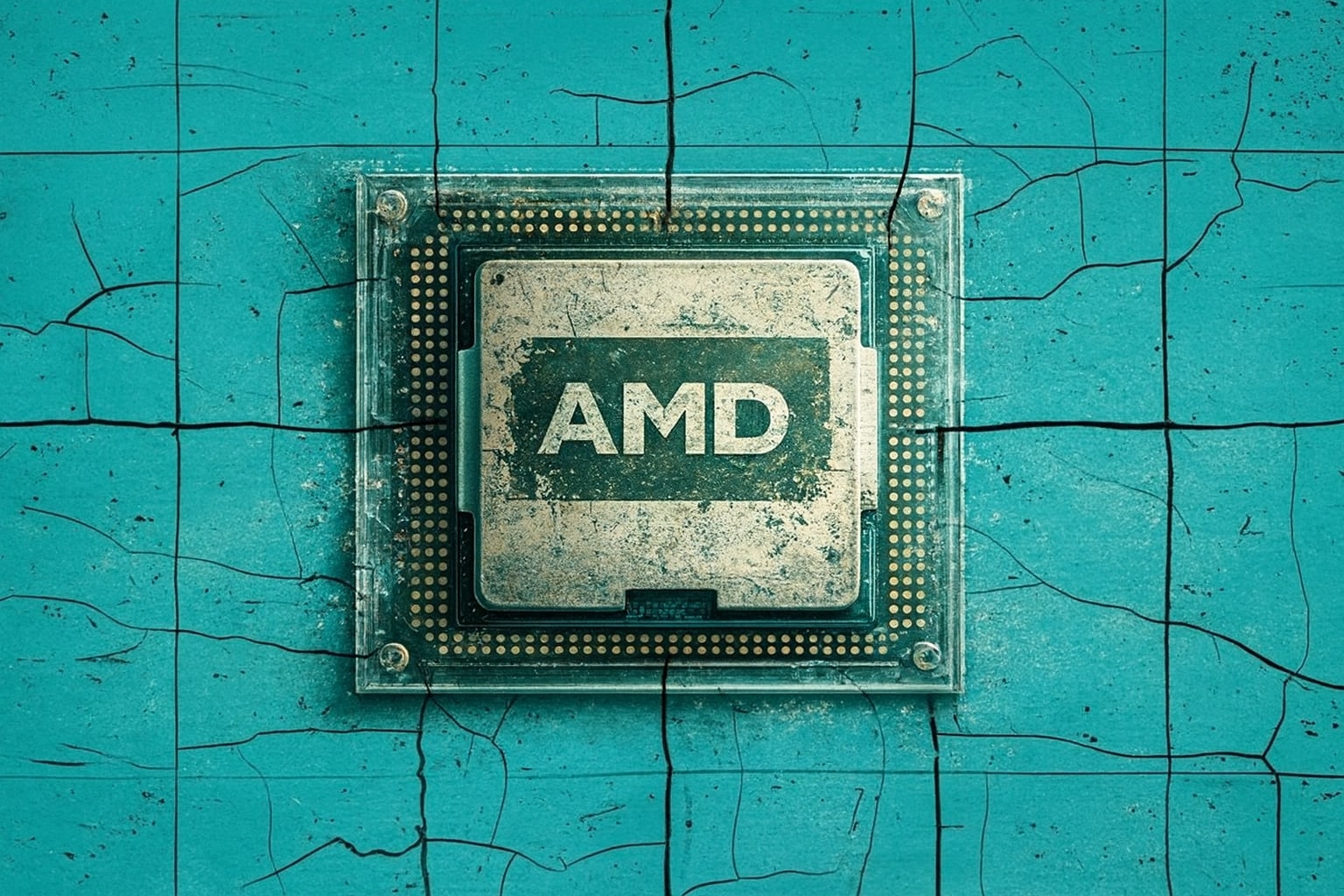
Trading News - Market Open as Wall Street Wobbles: Dow at 40,076, S&P 5,479, Nasdaq 17,109 as Growth Stalls
Markets recoil on 0.3% Q1 GDP decline, 62,000 private jobs gain and oil tumbling to $62.70 – how should investors rebalance portfolios? | That's TradingNEWS
U.S. equities slide as Q1 GDP contracts 0.3%
Wall Street’s major averages turned sharply lower Wednesday after the Commerce Department revealed first-quarter GDP shrank at a 0.3% annualized rate. The Dow Jones Industrial Average fell 408 points to 40,076, the S&P 500 dropped 1.5% to 5,479 and the Nasdaq Composite plunged 2% to 17,109. Import volumes jumped 41% as companies front-ran tariff hikes, subtracting more than three percentage points from growth and casting doubt on consumer spending and business investment amid policy swings.
Private payroll growth falters at just 62,000
April’s ADP report showed private-sector payrolls rose by only 62,000, about half the 120,000 economists had forecast. That marked the smallest gain since July 2024 and followed March’s revised 147,000 increase, underscoring corporate caution on new hiring amid tariff uncertainty. The slowdown in services-heavy industries threatens wage growth and household income, key drivers of retail sales and overall economic momentum.
Small caps point to broader risk aversion
The iShares Russell 2000 ETF (IWM) dipped 1.7% in premarket trading, on track to snap a six-day win streak as investors shunned domestically focused firms more exposed to U.S. consumer demand. With the Russell 2000 flirting with resistance near 193.00 and support around 190.00, the pattern suggests a consolidation phase until clearer guidance on trade and macro policy emerges.
Tech sector weakness spreads from AI to ad
Super Micro Computer (SMCI) shares plunged 19% after cutting Q3 guidance, blaming customer delays in AI server rollouts into Q4. The shock rippled through chip stocks, dragging Nvidia (NVDA) down over 3% and AMD (AMD) lower by more than 1%. Snap (SNAP) sank 15% despite beating revenue estimates, choosing not to provide guidance as advertising demand weakened. The tech sector’s mood swing highlights how macro headwinds can undermine AI-driven growth expectations.
Solar and green energy names take a hit
First Solar (FSLR) tumbled more than 12% premarket after CEO Mark Widmar warned that “reciprocal” tariffs impose a significant headwind on U.S. solar manufacturing. The company now expects Q2 EPS of $1.95 versus the prior $2.49 consensus and anticipates module shipments to fall 15% year-over-year, spotlighting margin pressures across the clean-energy supply chain.
Select consumer and industrial stocks make moves
Etsy (ETSY) edged higher after Q1 revenue of $651 million beat the $643 million consensus, though it cautioned that consumer confidence and fluid tariff policy could temper Q2 growth. Oddity Tech (ODD) jumped 11% after raising full-year revenue and EPS forecasts, citing cost efficiencies that offset tariff impacts. Warby Parker (WRBY) ticked up 0.2% following a Citi upgrade to neutral, as a 35% year-to-date slide appears to price in sourcing shifts. Humana (HUM) climbed 3.5% premarket, reaffirming 2025 guidance on Medicare Advantage costs that outpaced UnitedHealth’s recent swing.
Industrial challenges as equipment orders cool
Caterpillar (CAT) slipped 0.5% after Q1 revenue of $14.5 billion missed the $15.1 billion forecast, and management flagged $250 million to $350 million in additional tariff-related costs for Q2. U.S. construction job openings fell in March and housing starts dipped 4%, reinforcing concerns that higher equipment costs and trade uncertainty will weigh on near-term capital spending in mining and infrastructure.
Energy complex under pressure on global growth fears
Brent crude traded near $62.70 per barrel after falling 15% in April—the steepest monthly drop since 1988—as U.S. trade tensions and China’s factory PMI contraction clouded demand forecasts. Easing OPEC+ cuts have failed to offset growth concerns, turning oil into a cyclical underperformer amid heightened global headwinds.
Fixed income and currency markets hold steady ahead of PCE
The 10-year U.S. Treasury yield hovered at 4.17%, down three basis points despite recession-fueled GDP data, as traders await the core PCE price index for policy clues. The dollar index firmed around 99.20 on safe-haven flows and speculation that the Fed may delay rate cuts if inflation remains sticky.
Sector strategy: rotate out of risky growth into quality defensives
With volatility spiking across semiconductors, solar and small caps, investors may favor high-quality names with resilient cash flows. Staples giants like Coca-Cola (KO) and healthcare leaders such as UnitedHealth (UNH) offer greater insulation if tariffs and growth concerns persist. Among cyclicals, defense contractors and regulated utilities stand out for stable earnings backed by robust backlogs.
Decision point: cautionary hold on risk assets
The convergence of contracting Q1 GDP, slack private payrolls and tariff-driven margin squeeze argues for a cautious stance. Momentum indicators on the S&P 500 and Nasdaq Composite have slipped below their 50-day EMAs, signaling short-term bearish bias. Until U.S.-China negotiations yield clarity and economic data stabilizes, trimming speculative growth positions and maintaining core defensive allocations aligns with the prevailing risks.
That's TradingNEWS
Read More
-
SMH ETF: NASDAQ:SMH Hovering at $350 With AI, NVDA and CHIPS Act Fueling the Next Move
16.12.2025 · TradingNEWS ArchiveStocks
-
XRP ETFs XRPI and XRPR: Can $1B Inflows Lift XRP-USD From $1.93 Back Toward $3.66?
16.12.2025 · TradingNEWS ArchiveCrypto
-
Natural Gas Price Forecast: NG=F Falls to $3.80–$3.94 as Warm Winter Kills $5.50 Spike
16.12.2025 · TradingNEWS ArchiveCommodities
-
USD/JPY Price Forecast - USDJPY=X Slides, BoJ 0.50% Hike, Fed Cut and NFP Set the Next Big Move
16.12.2025 · TradingNEWS ArchiveForex


















